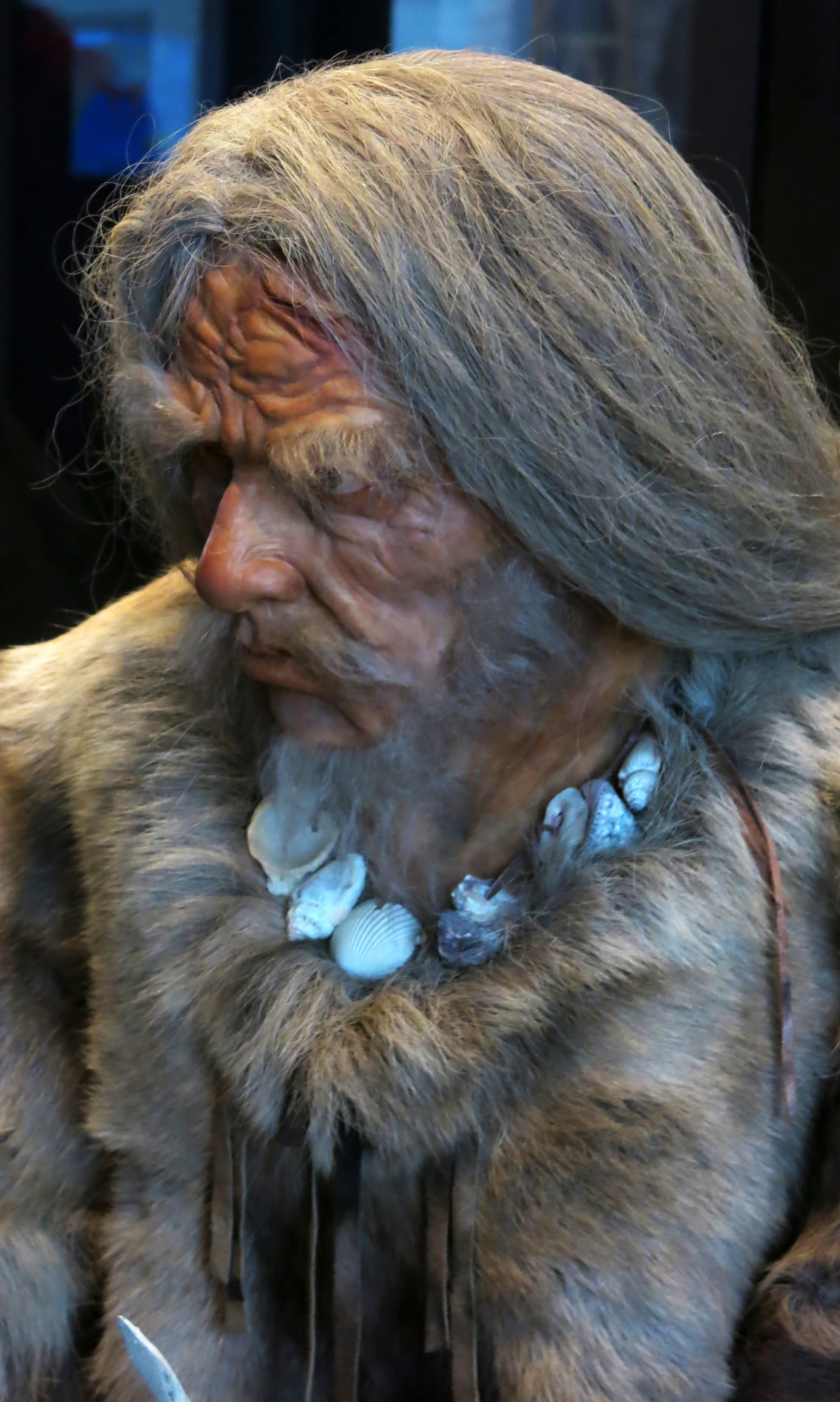
Dolni Vestonice Venus figures
The Venus of Dolní Věstonice (Czech: Věstonická Venuše), a ceramic Venus figurine, found at a Paleolithic site in the Moravian basin south of Brno, is, together with a few others from nearby locations, the oldest known ceramic in the world, predating the use of fired clay to make pottery.
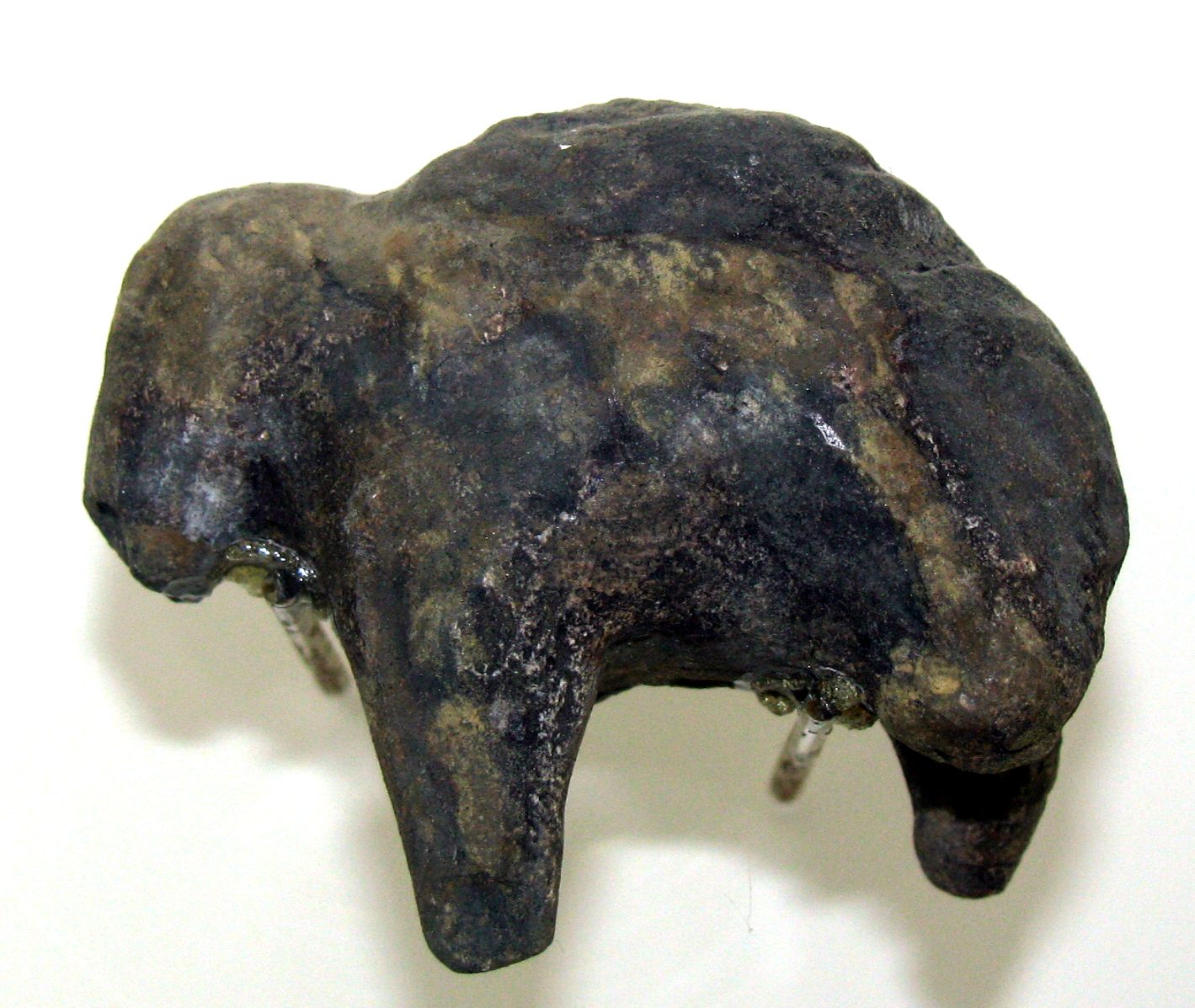
Dolni Vestonice Jewellery, Pottery, Tools and other artifacts
Now as for the history of the Venus of Dolní Věstonice, the 11-cm high statuette is believed to date from some time between 29,000-25,000 BC, thus corresponding to the Gravettian culture of the Upper Paleolithic period.
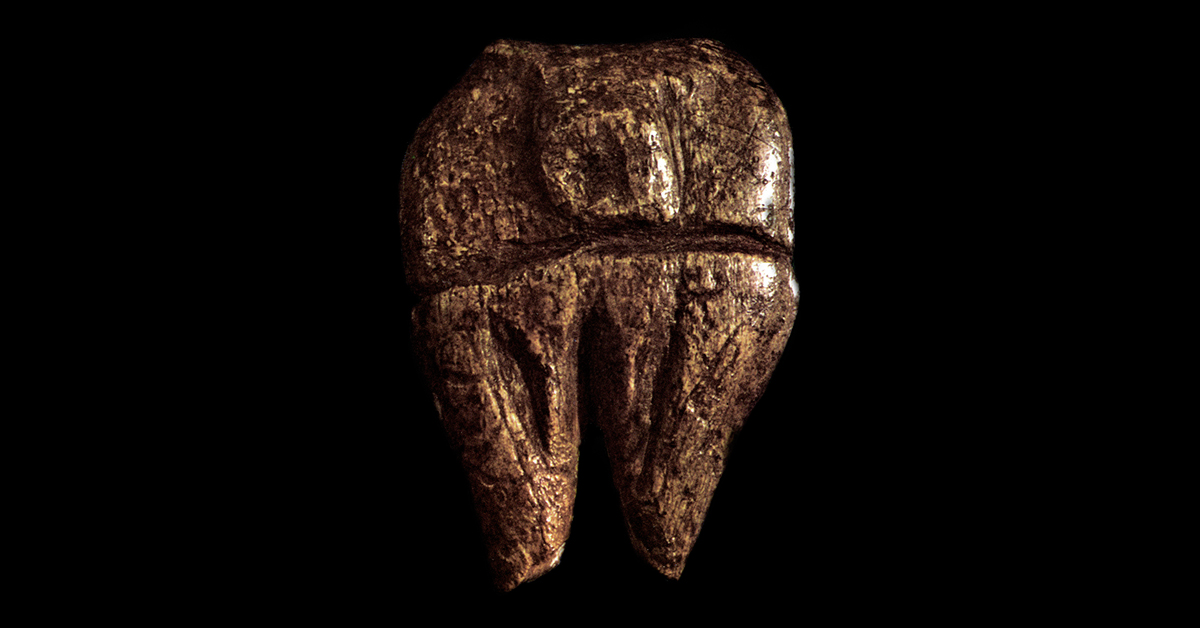
Dolní Vestonice Female Figurine V
Dolní Věstonice (often without diacritics as Dolni Vestonice) is an Upper Paleolithic archaeological site near the village of Dolní Věstonice in the South Moravian Region of the Czech Republic, at the base of Mount Děvín, 550 metres (1,800 ft). It dates to approximately 26,000 BP, as supported by radiocarbon dating.
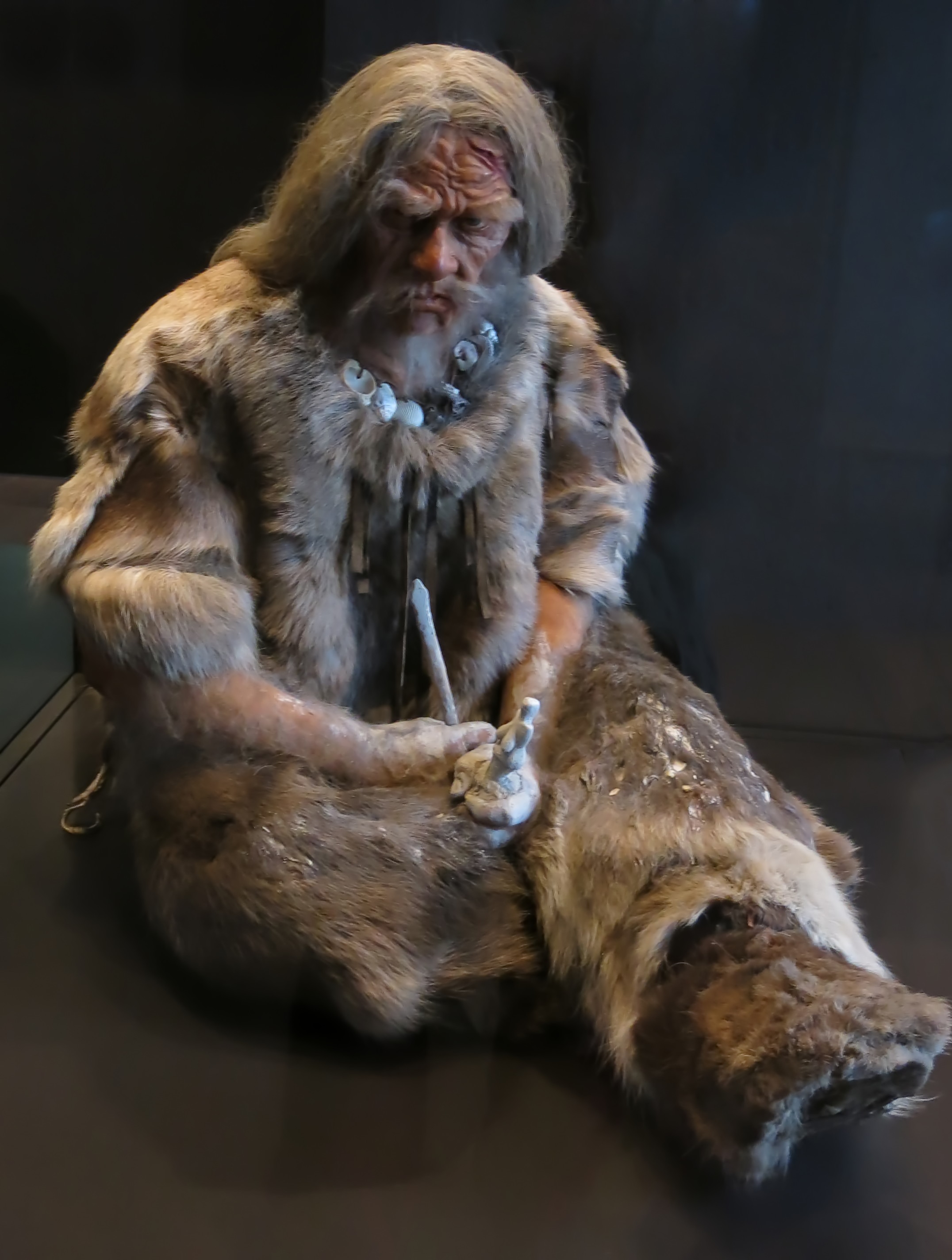
Dolni Vestonice Venus figures
The Venus of Dolni Vestonice is about 29,000 years old, found at a Paleolithic site in the Moravian basin south of Czech city Brno and one of the oldest known ceramic objects in the world. Matej Divizna / Getty Images By K. Kris Hirst Updated on October 27, 2019
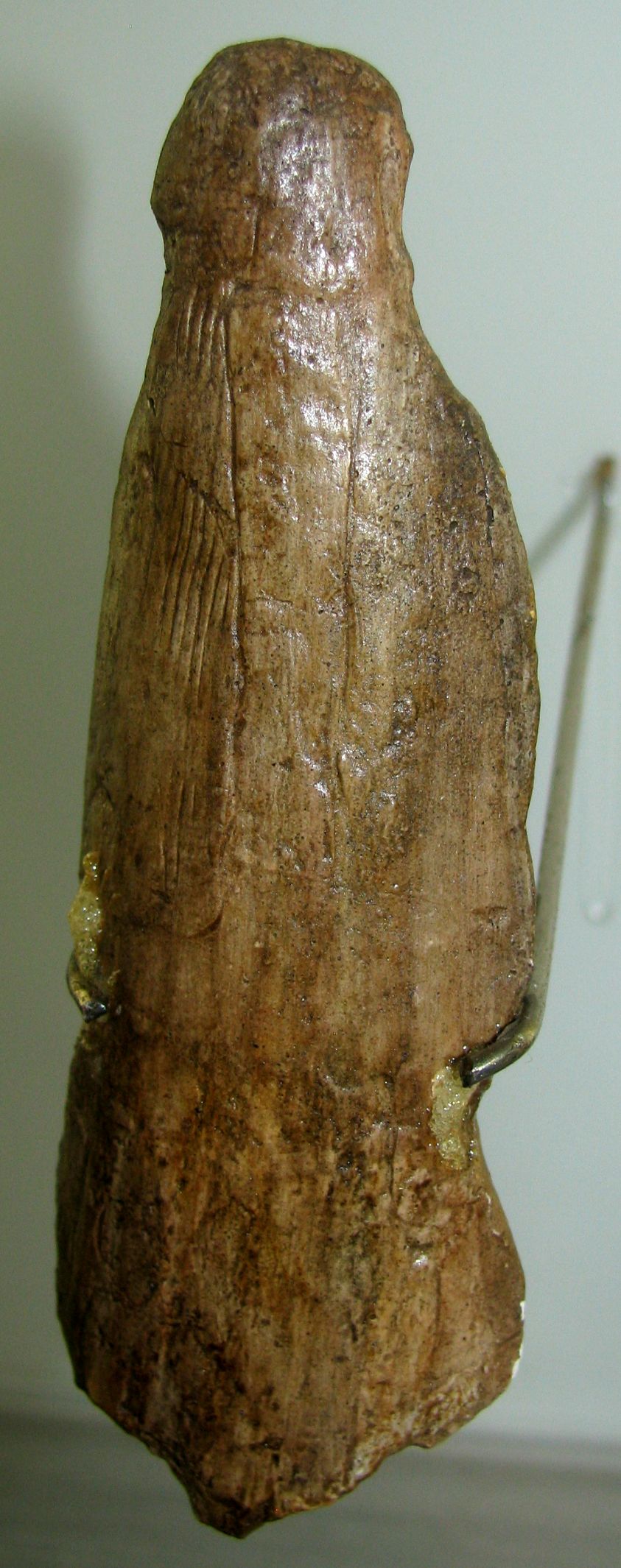
Dolni Vestonice Venus figures
CHARACTERISTICS The so-called Venus figurines date from between about 40,000 BCE and 10,000 BCE. They are generally quite small with sizes typically ranging from 2.5 cm to 10.2 cm though a few examples as large as 24 cm have been found.
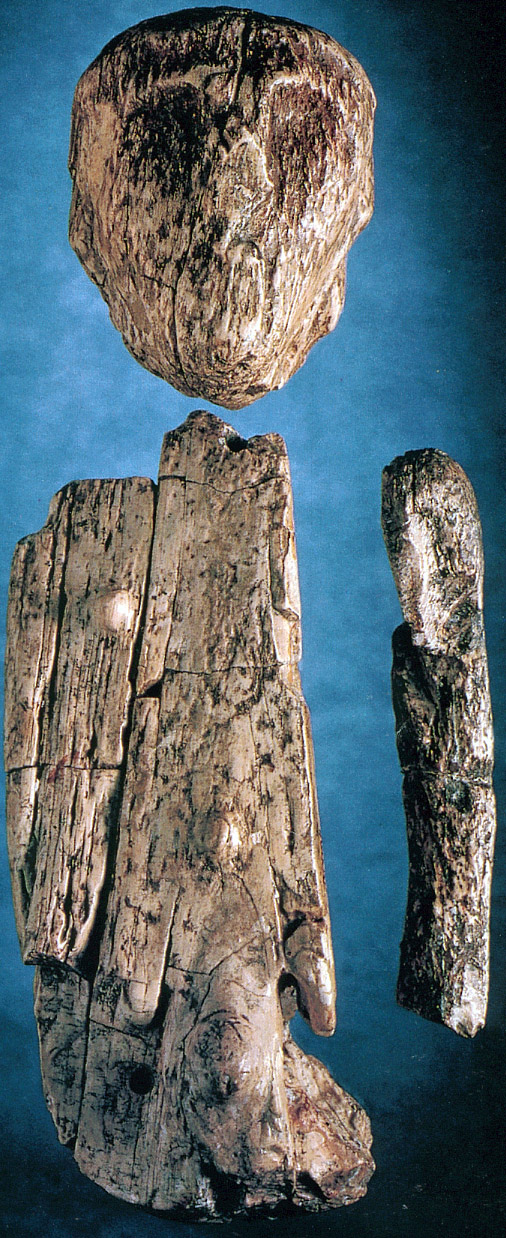
Dolni Vestonice Venus figures
Dolní Věstonice is recorded to have been discovered in 1922, and was excavated during the first half of the 20 th century. A second excavation, which functioned as a salvage operation, was undertaken during 1980. It was during this excavation that the Triple Burial was discovered.

Venus of Dolni Vestonice Leaflet Fertility Statue VENUS OF DOLNI VESTONICE THE WORLD’S FIRST
Dolni Vestonice Venus figures Recent additions, changes and updates to Don's Maps Navigation Abel Tasman Track in New Zealand Aboriginal Art of the Kimberleys Aboriginal art on the Northern Tablelands of NSW Aborigines of Australia Abri Pataud Tools Abri de Raymonden Access to Mihi Gorge and to Salisbury Waters below the junction with Mihi Creek

Dolni Vestonice Venus figures
Venus of Dolni Vestonice (26,000 BCE) First known work of ceramic art. See Oldest Art: Top 50 Works.. What Are Venus Figurines? Coinciding with the replacement of Homo sapiens neanderthalensis by anatomically modern humans like Cro-Magnon man, at the beginning of the Upper Paleolithic era of prehistory (from 40,000 BCE onwards), prehistoric art suddenly blossoms across Europe.
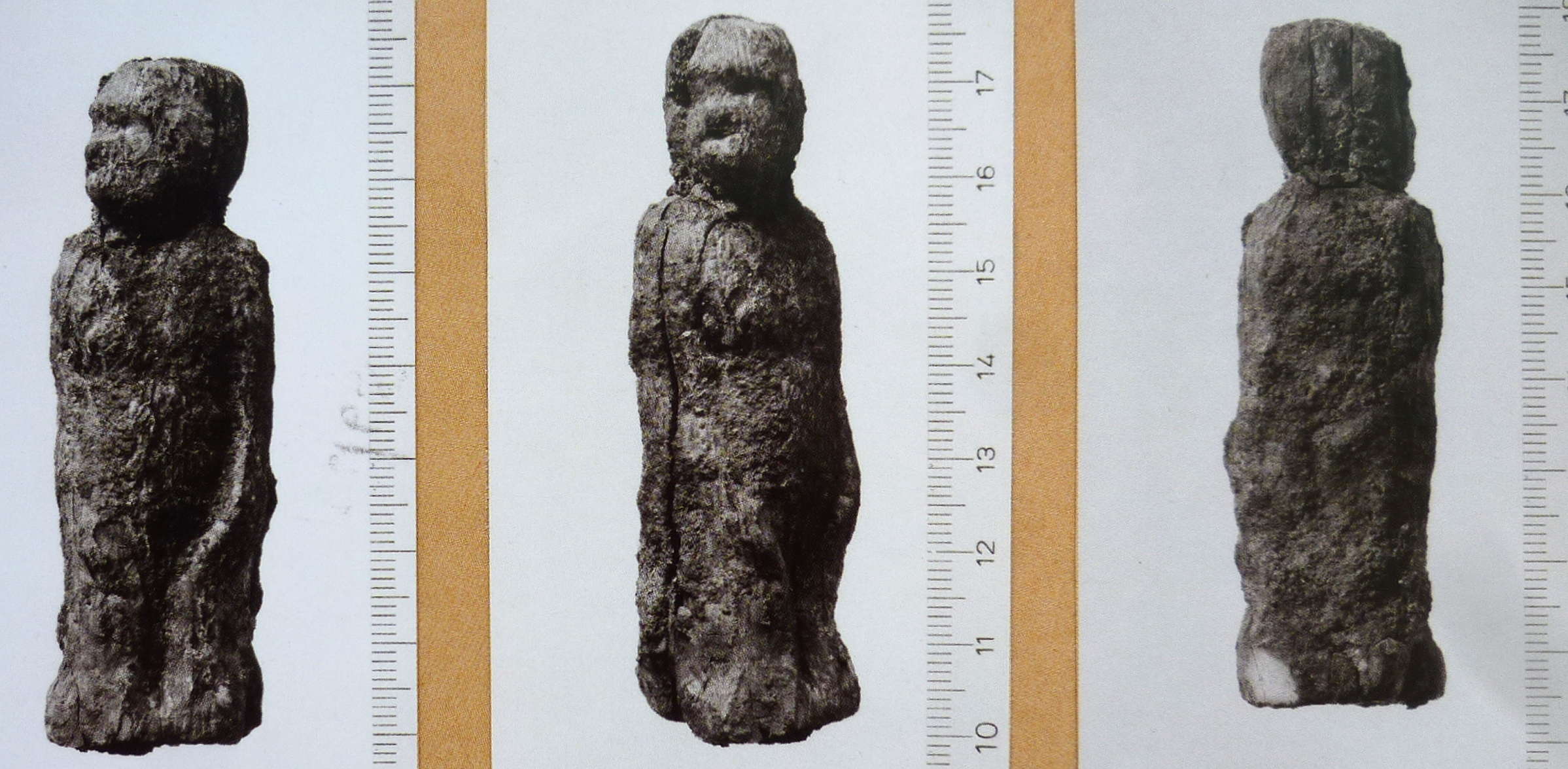
Dolni Vestonice Venus figures
Bird remains from Dolni Vestonice I and Predmosti I (Pavlovian, the Czech Republic) January 2015 · Quaternary International. Krzysztof Wertz; Jarosław Wilczyński;

Dolni Vestonice Venus figures
Venus of Dolni Vestonice (26,000 BCE) First known work of ceramic art. See: Oldest Stone Age Art. What Are Venus Figurines?

Statue of Venus of Dolni Vestonice Stock Photo Alamy
The Dolni Vestonice Venus is part of the oldest known set of ceramic sculpture. She was no isolated fluke. We find two kilns on the site. They were surrounded by 7000 fired ceramic fragments. Our Stone Age ancestors weren't fooling around. They were seriously producing art objects. They weren't yet good at firing clay.
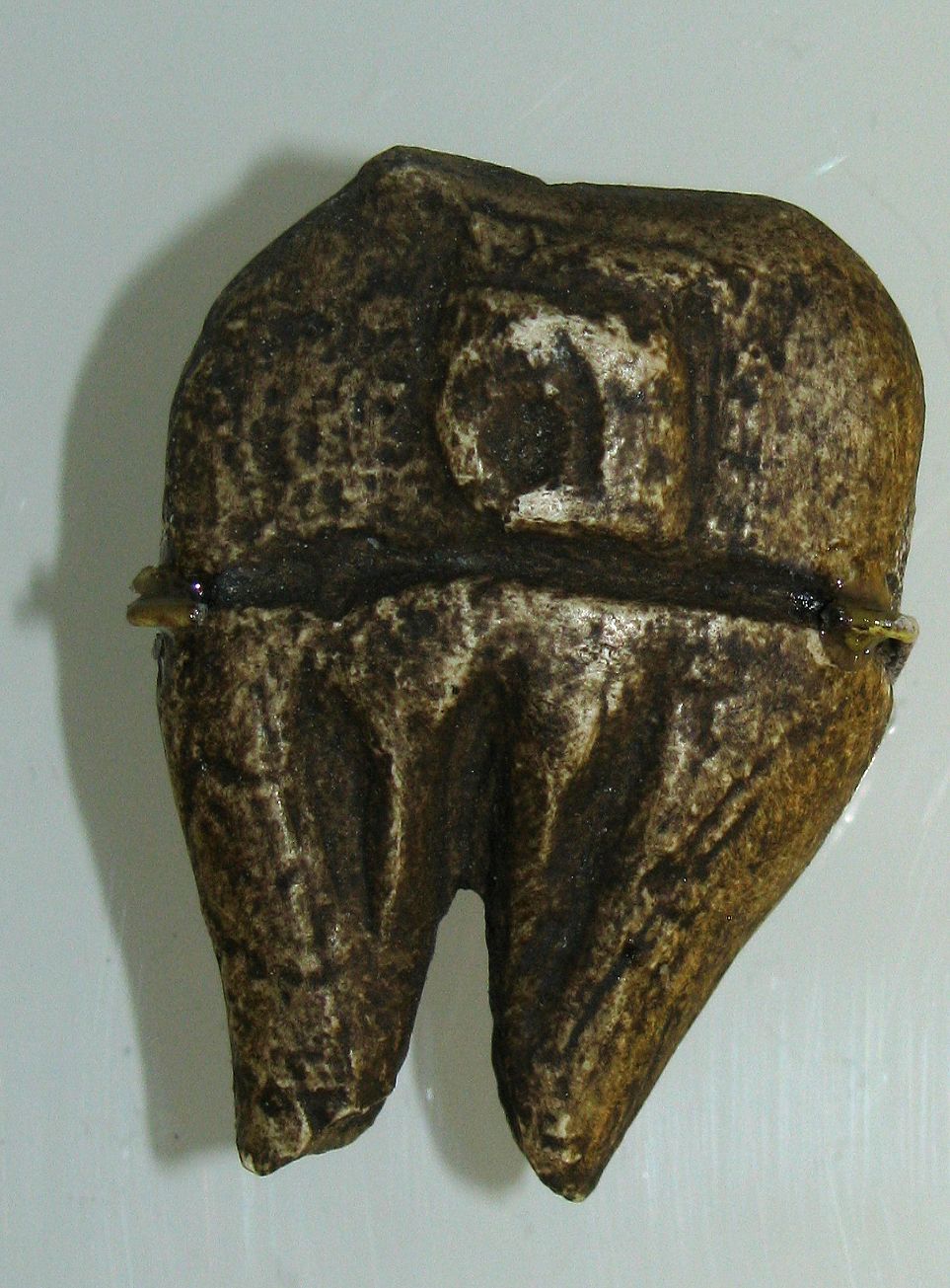
Dolni Vestonice Venus figures
Other important finds at Dolni Vestonice include fired-clay figurines, such as the venus illustrated above. Radiocarbon dates on the human remains and charcoal recovered from hearths range between 31,383-30,869 calibrated radiocarbon years before the present (cal BP).

Dolni Vestonice Venus figures
Dolni Vestonice - Archaeological Site - The Australian Museum Receive the latest news on events, exhibitions, science research and special offers. Venus Figurine and the Origin of Ceramic Technology.

Vestonicka Venuse) figurine is displayed before the 'Unique Exhibits... News Photo Getty Images
The Venus of Dolní Věstonice ( Czech: Věstonická venuše) is a Venus figurine, a ceramic statuette of a nude female figure dated to 29,000-25,000 BCE ( Gravettian industry ). It was found at the Paleolithic site Dolní Věstonice in the Moravian basin south of Brno, in the base of Děvín Mountain in what is today the Czech Republic.
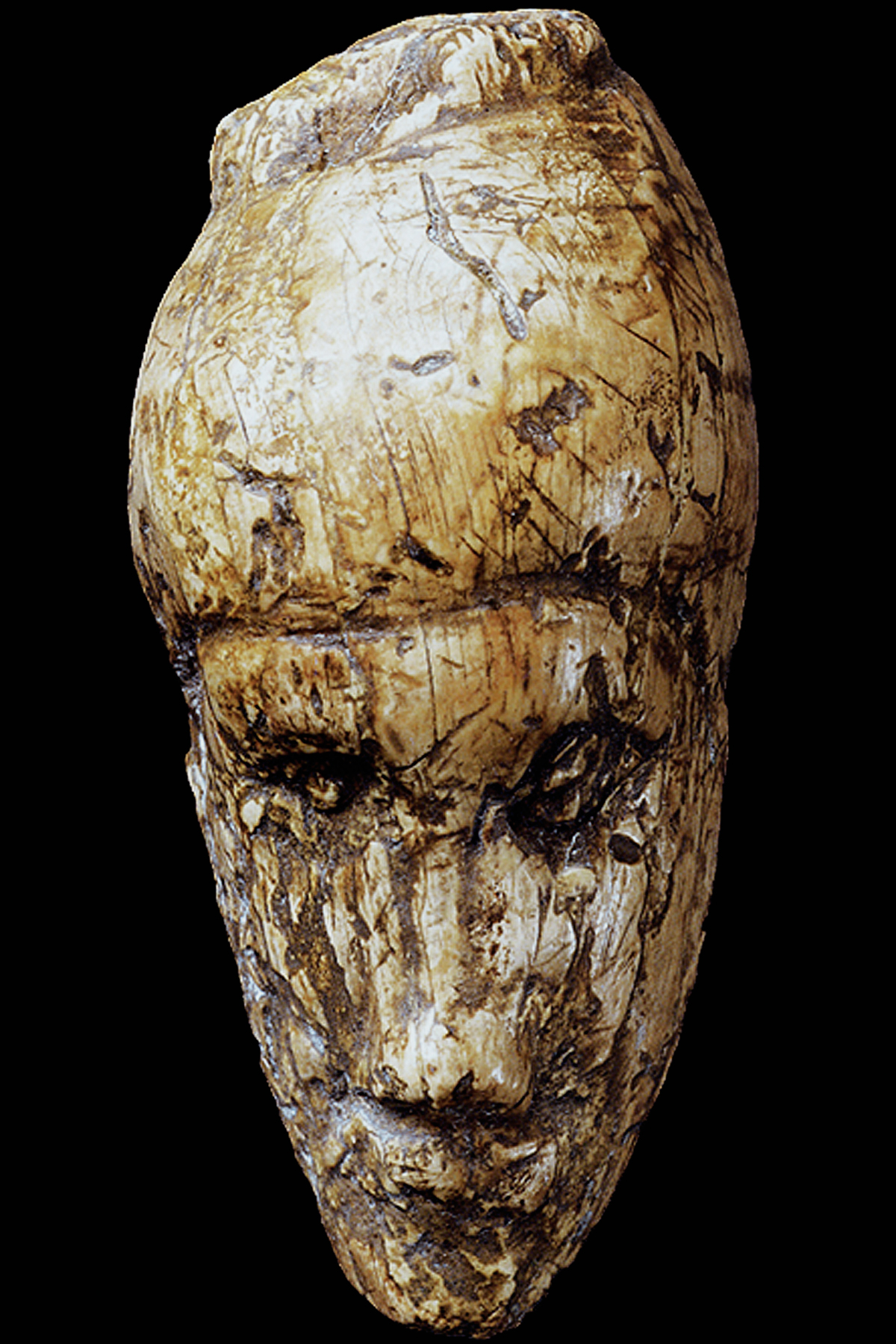
Dolní Vestonice Portrait Head XV
A majority of the clay figurines at Dolni Vestonice were found around either the dugout or the central fire pit located within the site. At an isolated site 80 meters upstream lies a lean-to shelter dug into an embankment." ref "An estimated 2,300 clay figurines of various animals were found in and around the remains of a kiln. It may be.

Vénus DV 12, Dolni Vestonice, Gravettien Aip Tautavel
Dolní Vestonice: Female Figurine I Gravettian 29,000 - 25,000 years old Follow @BradshawFND Tweet Made of baked clay this extraordinary female figurine is justifiably famous. Her cylindrical head is unmarked except for a group of four small depressions on the top and two diagonal slits on the face. The significance of the depressions is unknown.